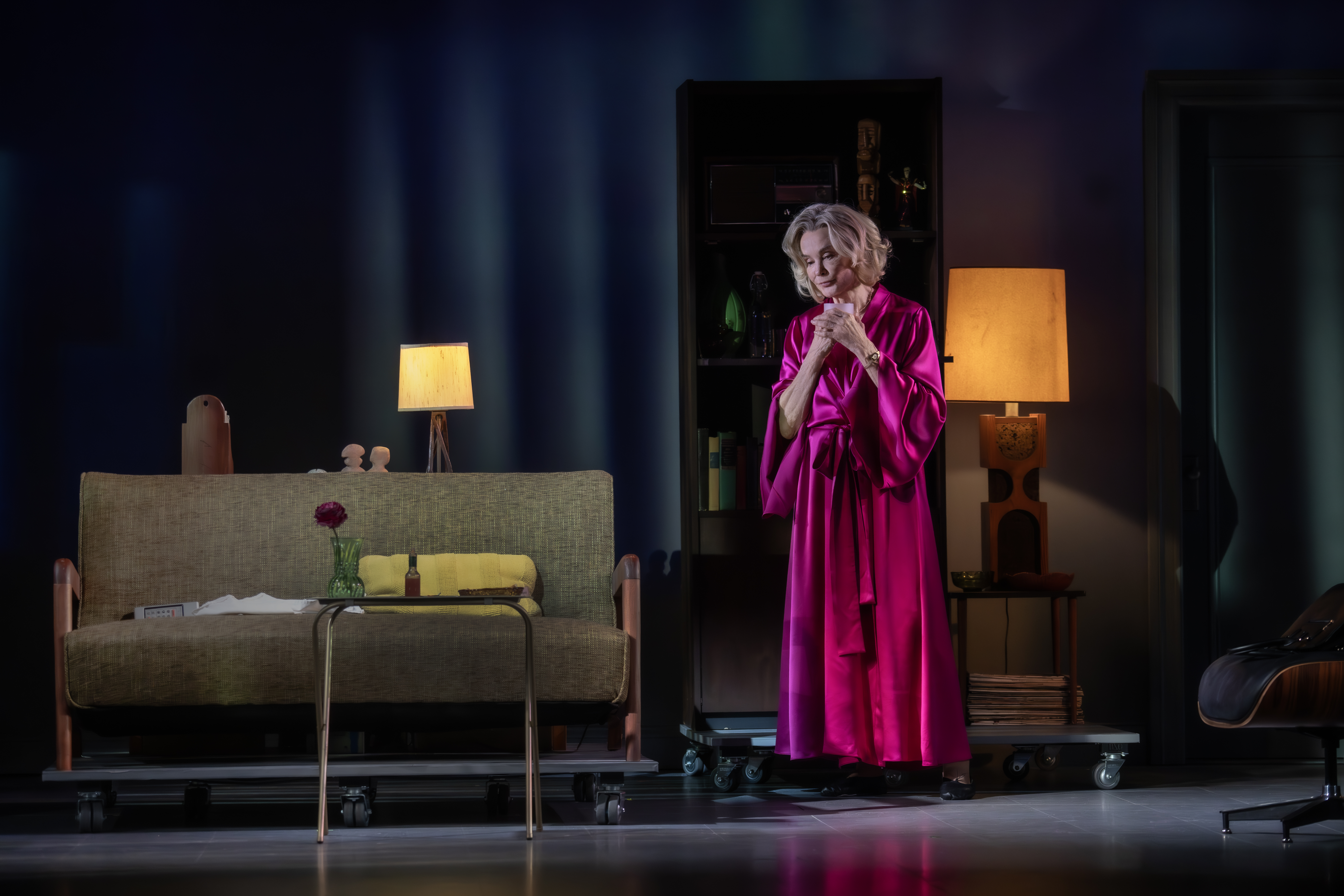Extreme Girl
Barbara Blackburn has provided ample evidence for her own theory in Extreme Girl, currently running through February 27 at The Currican Theater: The American Woman is very confused.

Now, Blackburn is a lovely and energetic performer. If her goal is to create a showcase for herself, she’s succeeded quite well. Agents take note: If you’re looking for a sultry blonde with a hint of girlish innocence to fill out your talent list, go see Extreme Girl. But if you’re looking for scintillating commentary on the condition of the American Woman, I’m afraid you’ll emerge from the theatre with a more dire prognosis for it than when you went in.
In a series of monologues, Extreme Girl presents nine characters all struggling to reconcile themselves with the expectations of a society which defines women’s sole purpose as that of being a sex object. Blackburn seems caught between her desire to criticize that society and her desire to portray the very image she’s critiquing. (I think I counted a total of 12 hair flips during her 90-minute performance in which Blackburn changed her costume from sexy vixen to…sexy vixen…to sexy vixen.)

Blackburn’s signature character, a woman from Poughkeepsie who decides to become French because the idea of being an American woman is too horrifying for her, ironically outlines the problem with Extreme Girl: there isn’t one woman portrayed in this show worth aspiring to be, or even aspiring to be with.
Granted, Blackburn’s portrayal of a tormented teenager trying to figure out if she’s going to become the next Einstein or go on a date with “Greg” has a gleam of honesty. In a touching “Diet Update” on that character’s recent success in eating a single box of animal crackers for the whole day, the girl expresses her pride in managing to leave just one cookie in the box, but only after biting off its head in a moment of extreme hunger. The image of a headless giraffe animal cracker running through this extreme girl’s dreams is a great metaphor for the years of self mutilation that will most likely follow for her. The rest of the characters are, for the most part, clichés.
On the other hand, in a lecture from a “Bimbo-ist,” we learn that bimbos are actually using their ignorance, air-headedness, and sexual prowess to get where they need to go without ever making anyone feel bad. (Hm, is this news?) Later, a power-hungry dominatrix has flashbacks to her days as a Bimbo-ist. These references to small details from other monologues feel like something to grab onto in terms of a through-line, but ultimately this technique doesn’t add dimension to the various characters.
The direction and design don’t do much to clear up the confusion. The instances of meaningless prancing about to the transition music between monologues seem only for the purpose of filling space with a sexy woman dancing and have no relevance to the monologues they precede or follow. The set is cluttered and lacks any sense of utilitarianism, with a motorcycle looming over half of the stage for the sole purpose of being straddled for a moment by the dominatrix.
Perhaps Blackburn’s point is that there are no decent images of women in this country — and that without them, these are the sad creatures we are left with. My question then is, if there are no decent images of women, wouldn’t it be more interesting to create a few rather than perpetuate the ones that already exist? I sense that Blackburn is a recovering victim of an aggressive media which is constantly screaming at women to be thinner, younger, prettier. And sadly, it would seem that she hasn’t healed yet.












